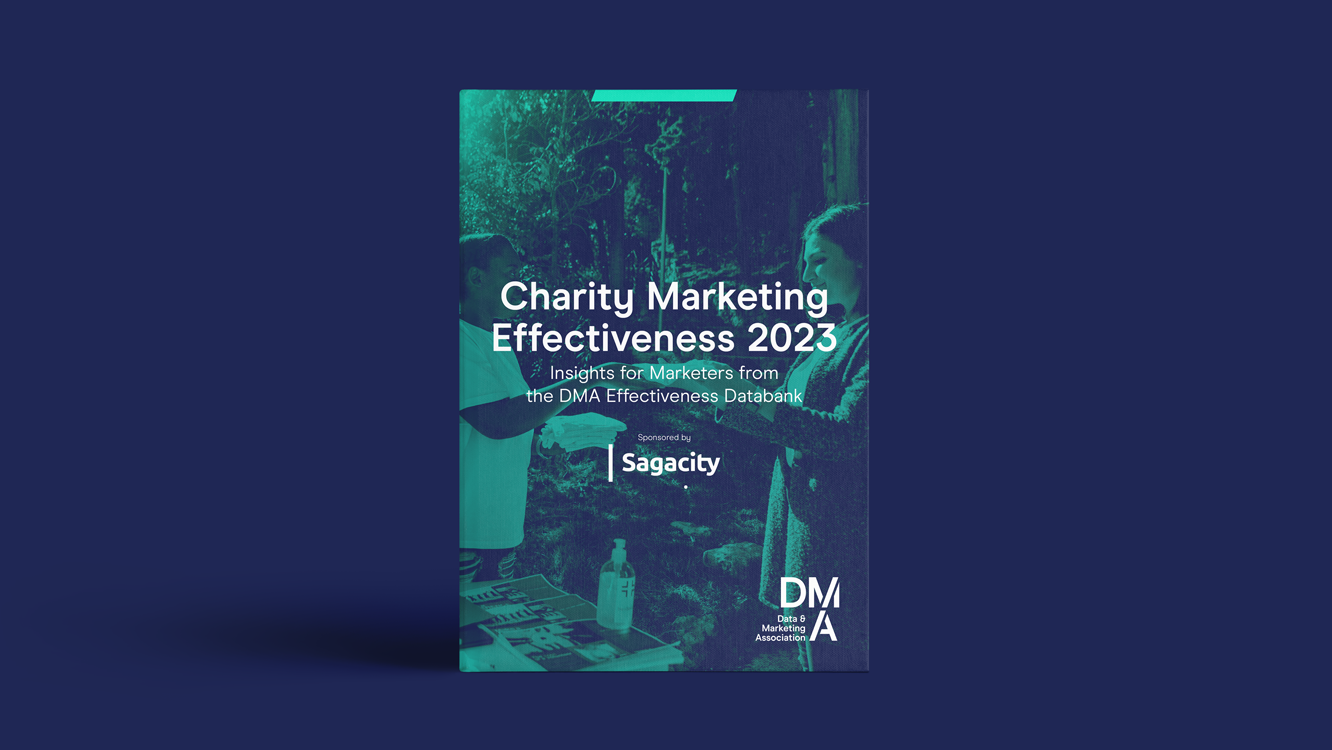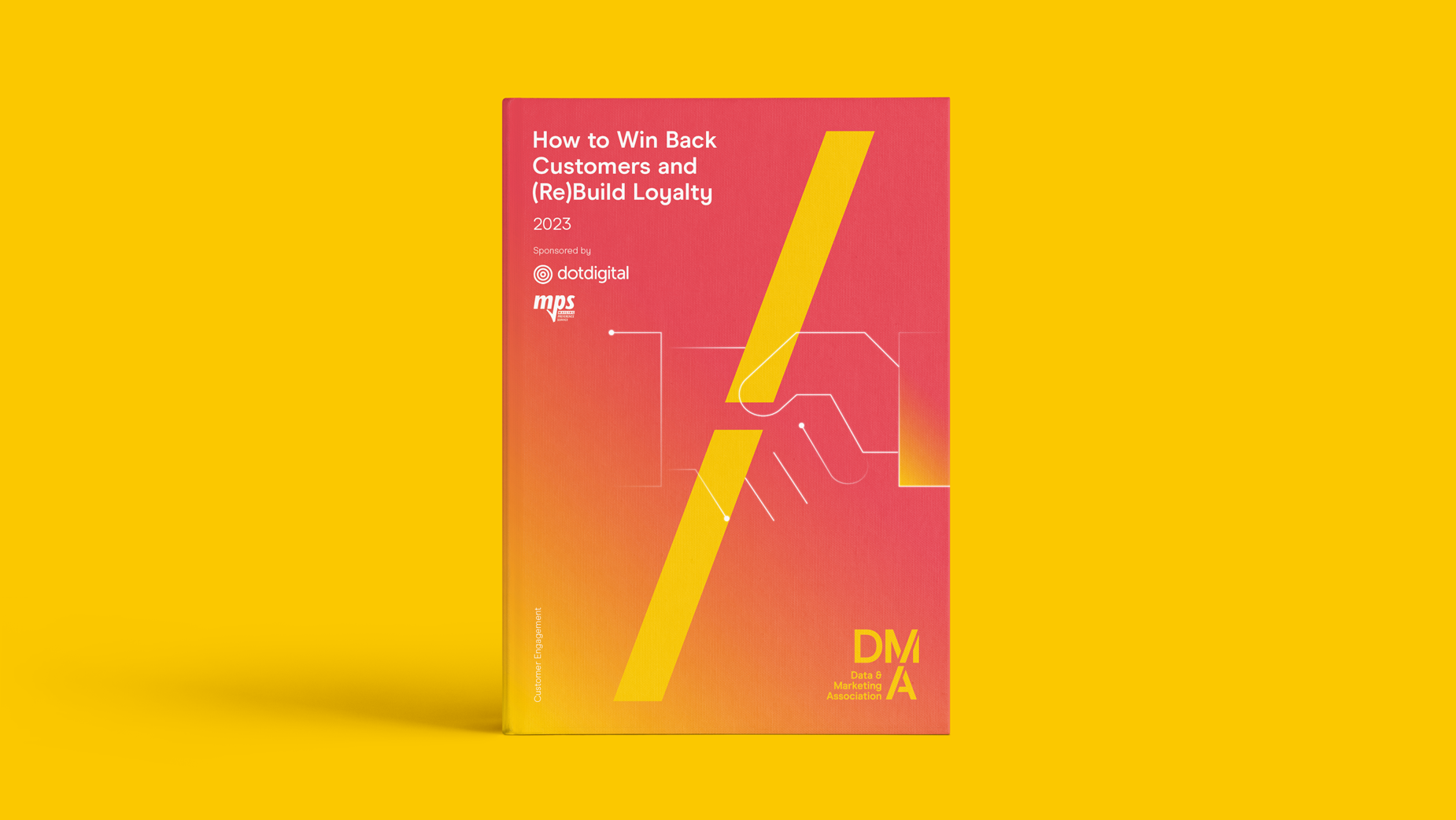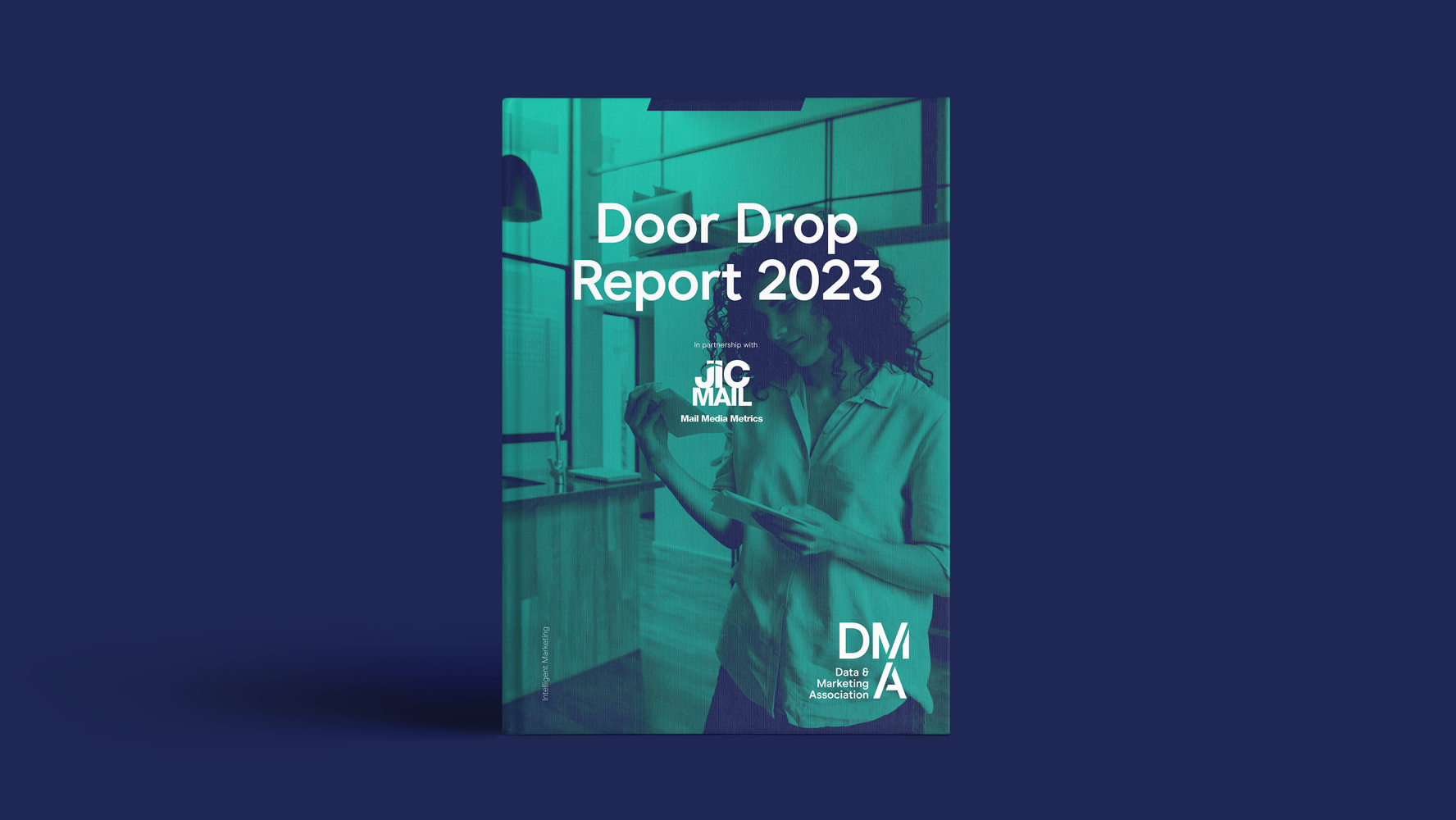COVID-19 Contact Tracing App Series: Areeq Chowdhury
16 Jun 2020

Areeq Chowdhury
Director of Webroots Democracy
For the app to be successful, the challenges related to take-up, asymptomatic carriers, digital inequality, and privacy will need to be addressed.
Contact tracing apps: Ineffective, intrusive and unequal?
With no vaccine on the horizon and the country in yet another week of lockdown, the calls for normality to resume are growing louder. Covering the cost of furloughs, an unusually high number of universal credit claimants, and various industry support schemes is expensive. Meanwhile, companies are at risk of folding, schoolchildren are falling behind on their education, and families are unable to come together for times of celebration or mourning. These considerations, balanced against the ever-growing death toll amongst the public and within the NHS creates the need for a rapid end to this grim pandemic. One tool which may help is the contact tracing app being developed by NHSX (the digital innovation unit of the NHS).
How do they work?
Contact tracing is a method for detecting who may be at risk of contracting an illness. It’s most commonly used for instances of sexually transmitted infections. Once an individual discovers that they have an infection, they contact recent sexual partners in order to alert others and help contain the spread. The contact tracing apps being developed across the world operate on a similar basis. Users download an app onto their smartphones which notifies the owner when they have come into contact with another app-user who has COVID-19. The user is then expected to take certain precautions such as self-isolation or undertaking a test. The app being developed by NHSX achieves this by having smartphones communicate with each other via Bluetooth. This enables devices to exchange data with each other over short distances. Bluetooth is commonly used to connect smartwatches and wireless headphones with a smartphone. For the contact tracing app, users are required to have Bluetooth switched on at all times so that when they go out and about their smartphone is able to exchange data with other app-users. If a user contracts COVID-19 symptoms, they can be tested and log it into the app. The app will then notify others who the user came into contact with that they may be at risk of having also contracted the virus.
Examples from other countries
Similar contact tracing apps have been used already in other countries such as Singapore and South Korea. The apps have been credited with helping to mitigate the outbreak of the virus in these countries however a rapid evidence review by the Ada Lovelace Institute found that there is an absence of evidence to support such claims. One reason for this is that there are contextual factors and other interventions which cloud how critical an app has been or not. In Singapore, for example, strict penalties were introduced for contraventions of social distancing rules and CCTV footage as well as credit card checks were also used. In Europe, the Belgian Government recently shelved their plans for a contact tracing app describing it as unnecessary and questioned the feasibility of achieving sufficient take-up.
Key issues
There are numerous issues related to contact tracing apps which range from the base logic for them to the intricate practicalities of how they operate. As with most technologies developed by Governments in the post-Snowden world, concerns over privacy have dominated the headlines. However, more basic concerns such as the fact that many COVID-19 carriers are asymptomatic are yet to be addressed. Furthermore, a study from Oxford University’s Big Data Institute found that 60% of the population would need to download the app and adhere to its use in order to stop the pandemic. However, it also argued that lower levels of take up may still help reduce the impact of the virus.
Take-up
For an app of this nature, high take-up is critical. If, as was the case in Singapore, take-up of the app is just 20%, it means an individual has a low chance of coming into contact with a fellow app user. This renders the app highly ineffective as the user will be left with little confidence over whether or not they have come into contact with someone who carries the virus. For the app to provide a good level of confidence to a user, a high take-up is essential. The 60% figure quoted by the Oxford study equates to 80% of smartphone users in the UK. For context, the proportion of UK smartphone owners who use WhatsApp is 58%. Take-up is, therefore, likely to be the biggest challenge the Government faces with the app.
Asymptomatic COVID-19 carriers
Assuming take-up is high, another challenge the app faces is that of asymptomatic COVID-19 carriers. With the app being dependent on users knowing, or suspecting, that they have the virus, there is a risk that those without symptoms continue to spread the virus throughout the population. The false confidence that the app may generate amongst users could lead to them contracting and spreading the virus unwittingly. Given that the goal is to prevent deaths and to bring the economy back to normality, this will be a key risk to address.
Lack of access
What of those who do not own a smartphone? According to figures published by the Office for National Statistics, an estimated 20% of the population do not use smartphones. This is particularly the case amongst elder groups with this figure increasing to 27% amongst 55 to 64 year olds and 60% amongst over 65s. Even amongst those who do own and use smartphones, it cannot be assumed that they all have a sufficient level of digital literacy to be able to operate the contact tracing app accurately and consistently. In practice, this means that certain groups risk having to live under lockdown for longer or risk contracting and spreading the virus.
Privacy
The privacy question is the one which has dominated the headlines. The concerns are centred around the risk that the government or another actor may be able to compile data on individuals’ locations, activities, and social circles. This risk increases when data is processed and stored centrally in one place, rather than locally on individuals’ devices. This distinction is where most of the controversy lies. Outlining their concerns with a centralised approach, 300 leading academics penned an open letter stating that a centralised system may allow malicious actors to “spy on citizens’ real world activities”. The proposal put forward by NHSX is a centralised system. Responding to these concerns, Dr Ian Levy, Technical Director at the National Cyber Security Centre has written about the grounds for adopting a centralised approach. In his piece, he argues that this approach allows for better risk-modelling and that the app does not collect personal information about the user.
‘No silver bullet’
Given the scale of the problem with which we are faced, there is a strong argument for trying something and failing than to not try at all. Failure in this scenario, however, equates to preventable deaths, so the stakes are high. For the app to be successful, the challenges related to take-up, asymptomatic carriers, digital inequality, and privacy will need to be addressed. As stated by many commentators, it is very unlikely to be a silver bullet. Ultimately, individuals will need to make a choice about whether it is better to take the risk of going outdoors again with the app as protection or to continue practising social distancing as we are doing currently.
Click to read more expert contributions to the series.
Areeq Chowdhury was born and brought up in Manchester and studied Economics and Political Science at the University of Birmingham where he began researching the relationship between the internet and democracy. After graduating in 2013, he moved to London and has worked at the Foreign and Commonwealth Office; the London Assembly; the Department for Digital, Culture, Media and Sport; KPMG; and the UK Parliament. He has written op-eds for the New Statesman, the Telegraph, and Media Diversified. He has provided commentary on technology policy issues for outlets including Al Jazeera, the BBC, and Sky News.
This piece first appeared in a blog on WebRoots Democracy website.




.png)
Please login to comment.
Comments